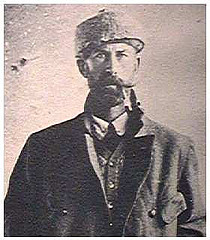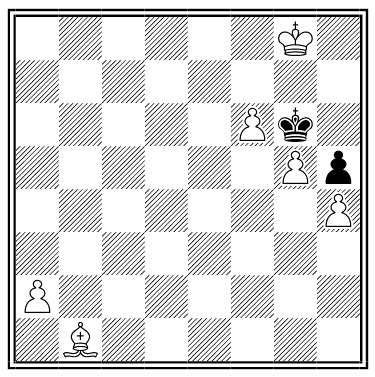gynotikolobomassophilia
n. a proclivity for nibbling on women’s earlobes
“Canine Fidelity”
August 18, 1765. One Carr, a waterman, having laid a wager, that he and his dog would leap from the centre arch of Westminster Bridge, and land at Lambeth, within a minute of each other; he jumped off first, and the dog immediately followed him; but the faithful animal not being in the secret, and fearing his master should be drowned, laid hold of him by the neck, and dragged him to the shore, to the no small diversion of the spectators.
— Annual Register, 1765
Overtime

Victoria Crater, on Mars. The black dot on the rim, at about the 10 o’clock position, is the Mars rover Opportunity. Expected to fail after 90 days, it has been exploring faithfully for more than three years.
No Forwarding Address

Percy Fawcett set out to solve a mystery and only compounded it. In 1925, after studying ancient legends, the British archaeologist became convinced that the dense Matto Grosso region of western Brazil concealed a lost city that he called “Z.” In May he set out with two other men into the uncharted jungle, leaving a note that none should try to rescue them if they did not return.
They didn’t. The decades that followed brought many rumors: Fawcett had been murdered by Indians, killed by a wild animal, stricken with amnesia or felled by illness. In all, 100 rescuers in 13 expeditions have died trying to discover what happened to him. To this day, no one knows.
“A Rat Caught by an Oyster”
Mr. James Wrigley, master of the Golden Lion inn, at Liverpool, going into his cellar, October 26, 1759, having some oysters there, a large Norway rat, endeavouring to seize an oyster that was open, it closed, and held him so fast, that he was carried into the kitchen, and exhibited to some hundred persons, while alive.
— Annual Register, 1759
Batting Next …
Cricketer I.L. Bula played nine first-class matches for Fiji between 1947 and 1954.
Sportswriters must have been glad he didn’t use his full name — it was Ilikena Lasarusa Talebulamainavaleniveivakabulaimainakulalakebalau.
Chess Detective Work
Retrograde analysis involves looking into a chess game’s past, rather than its future. Here’s an example from Henry Ernest Dudeney (1917):

“Strolling into one of the rooms of a London club, I noticed a position left by two players who had gone. This position is shown in the diagram. It is evident that White has checkmated Black. But how did he do it? That is the puzzle.”
The solution is unique. Can you find it?
Daniel McCartney
Daniel McCartney never needed a diary — he could remember every day of his life since age 9. On his death in 1887, the Cardington, Ohio, Independent published this account:
That the reader may more clearly understand what has just been written, I will give Mr. McCartney’s answer to a question of my own: ‘Wife and I were married on the 28th day of January, 1836; give the day of the week, the kind of weather, etc.?’ He gave answer in a few seconds. ‘You were married on Thursday, there was snow on the ground, good sleighing and not very cold; father and I were hauling hay; a sole came off the sled, we had to throw the hay off, put a new sole on the sled and load up again before we could go.’
The writer (whose name is not given) met McCartney again a dozen years later and asked the same question. McCartney gave the same details.
Not So Fast
n2 – n + 41 produces prime numbers for all integers from 0 to 40 — but it fails when n equals 41.
“Singular Expedient”
A strange story is that related in a paper on ‘English and Irish Juries,’ in All the Year Round. The president judge in the case, Sir James Dyce, chief justice of the Court of Common Pleas, astonished at the verdict of acquittal in so plain a case, sought an interview with the foreman, who, having previously obtained a promise of secrecy during his lifetime, confessed that he had killed the man in a struggle in self-defence, and said that he had caused himself to be placed on the jury in order to insure his acquittal.
— Charles Bombaugh, Facts and Fancies for the Curious From the Harvest-Fields of Literature, 1905

